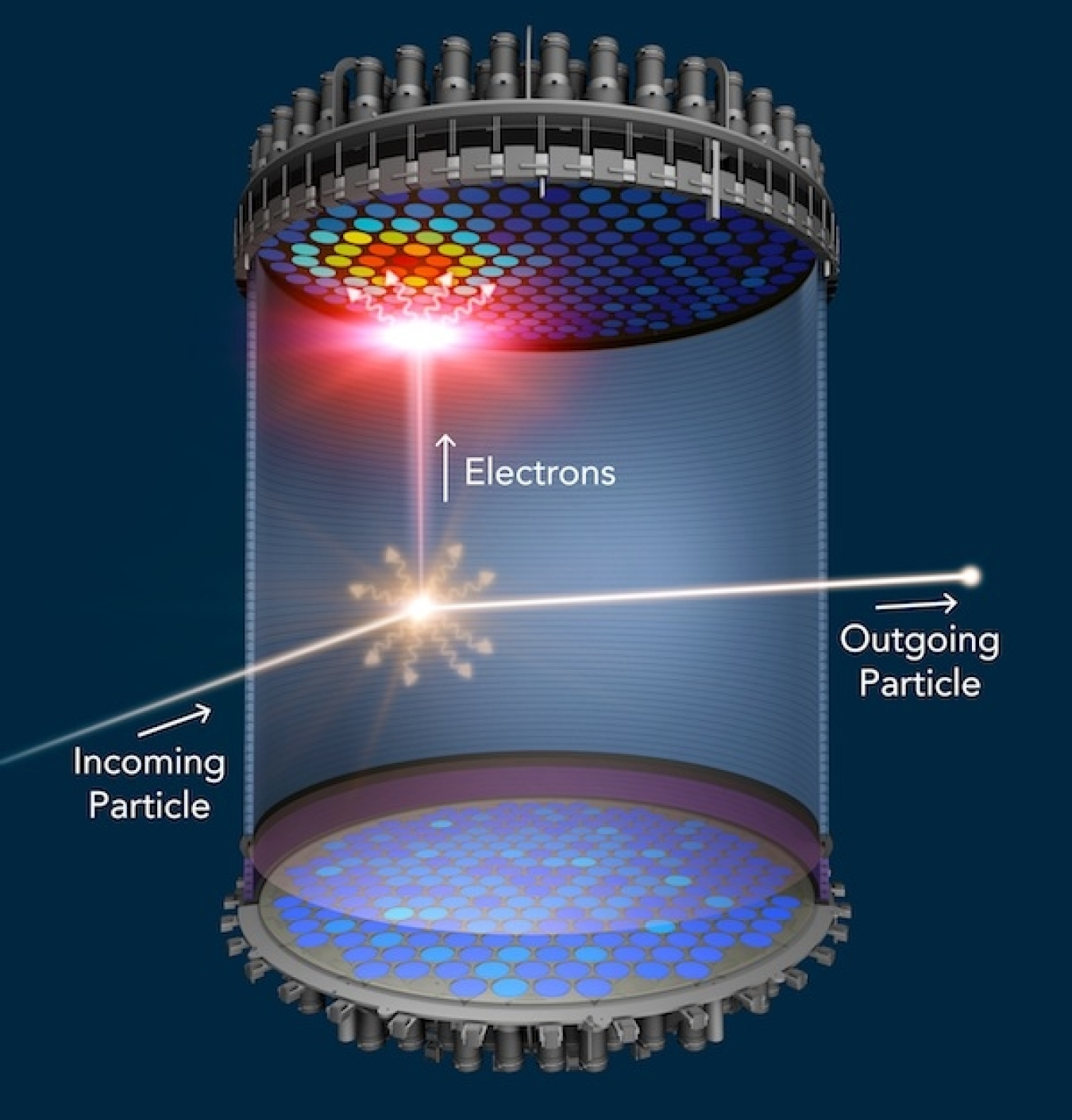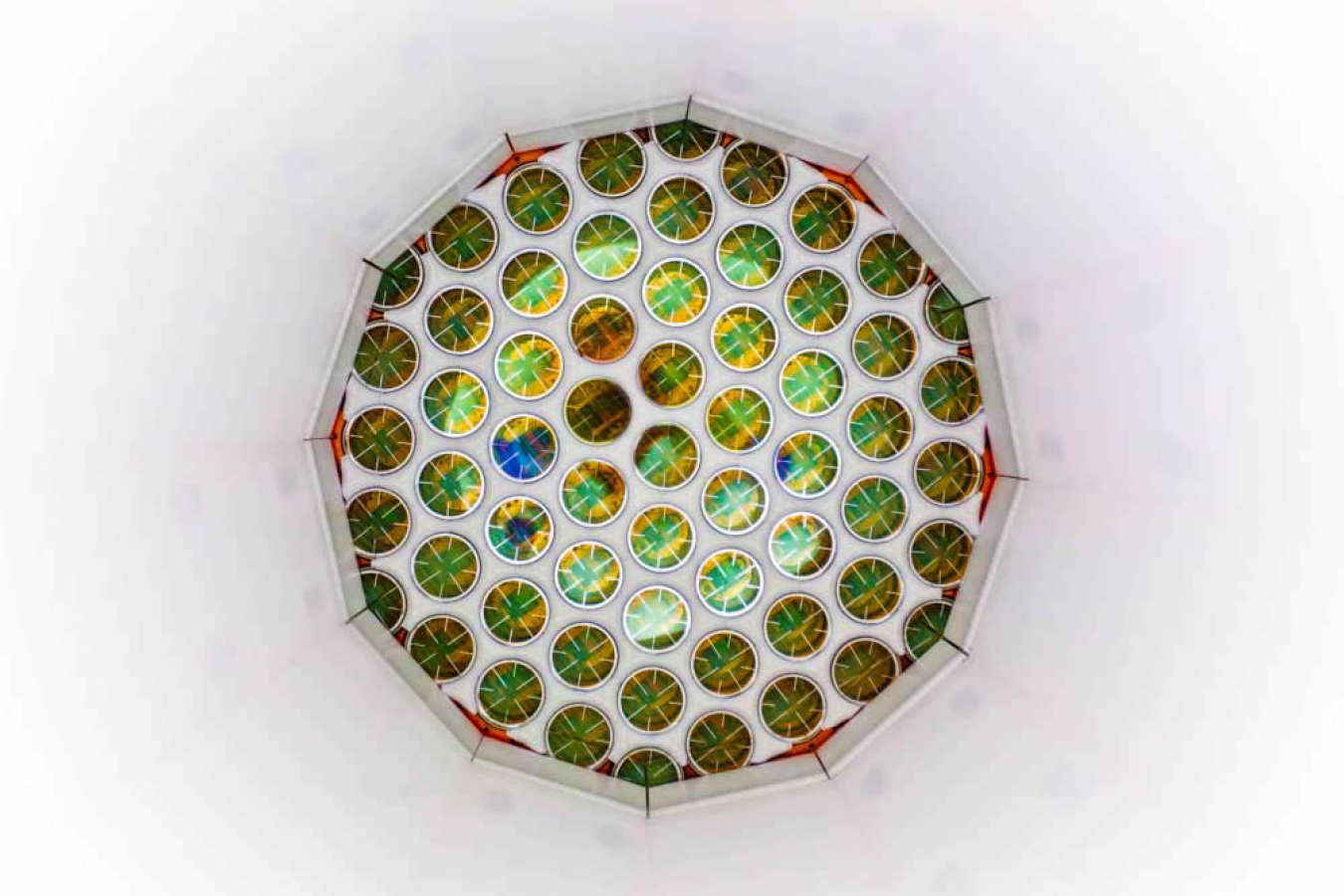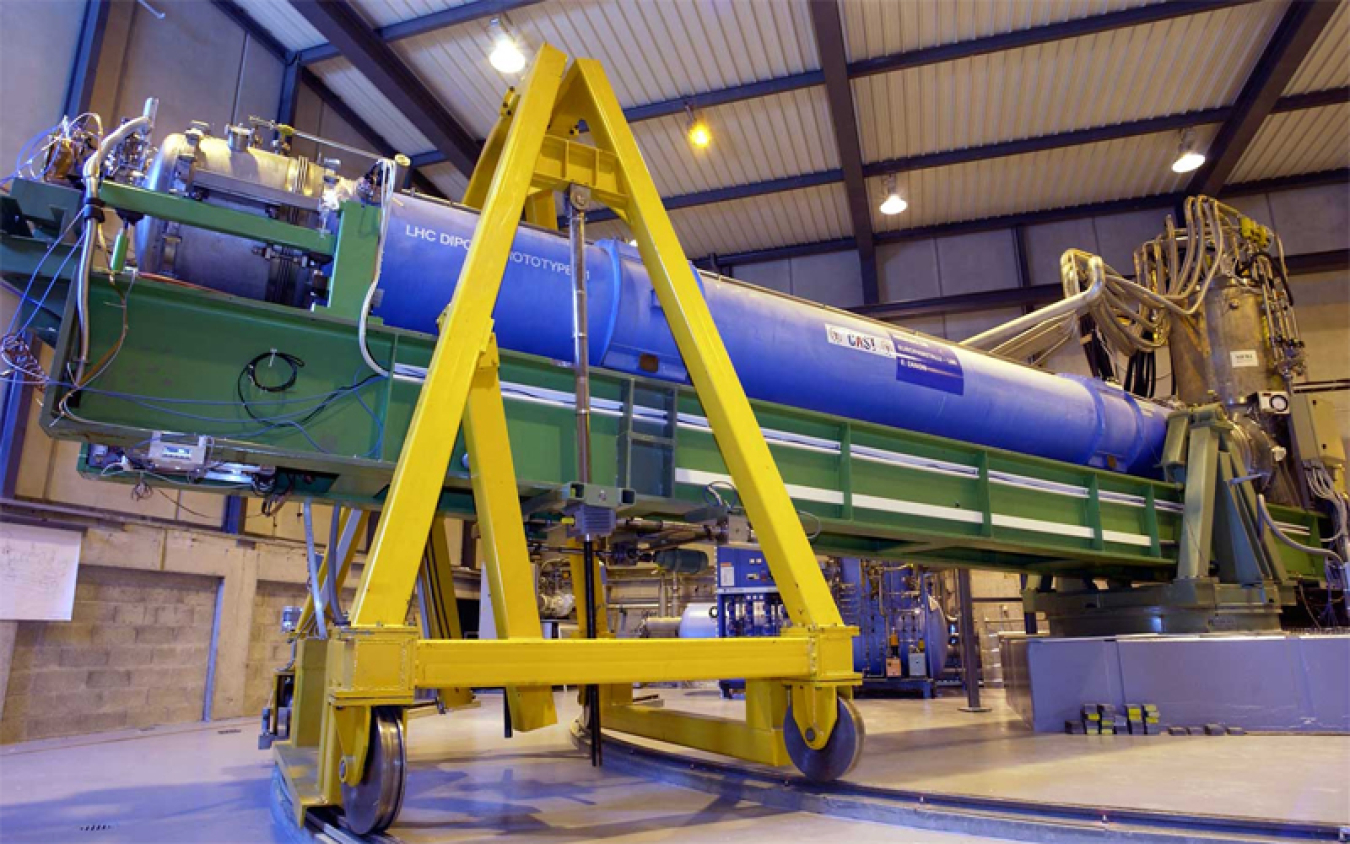Most matter has never been directly observed – this “dark matter” is wholly invisible to the entire spectrum.
National Nuclear Security Administration
December 21, 2018
From the massive expanse of outer space to the infinitesimal world of subatomic particles, humankind has relentlessly searched for answers. When an answer leads to more questions, we plunge onward, in perpetual pursuit of knowledge and understanding.
NNSA embodies this sentiment with its fierce dedication to research and development to better serve and protect our nation. The missions of nuclear security depend on leading-edge technologies that lay at the frontiers of science. In this series, we will explore unsolved mysteries of science that NNSA research is investigating.
The vast majority of matter in the universe has never been directly observed – it is wholly invisible to the entire electromagnetic spectrum. The existence of this “dark matter” has been inferred from its gravitational effects on visible matter, radiation, and the structure of the universe. One theory suggests that it may be composed of “weakly interacting massive particles,” or WIMPs.
Another theory proposes a low-mass particle dubbed the axion. Lawrence Livermore National Laboratory scientists are searching for axions through the Axion Dark Matter eXperiment (ADMX), the most sensitive scientific instrument of its kind. ADMX consists of a detector in a tank about four meters high and features a large superconducting magnet and microwave cavity. The system works like a radio receiver – with researchers carefully trying to tune in to the right frequency.

Livermore Lab is also a founding member of the LUX-ZEPLIN collaboration. This experiment will be a thousand times more sensitive than its predecessor, the Large Underground Xenon (LUX) experiment, which previously held the distinction of being the world’s most sensitive dark matter detector.
Building on technology from LUX, LUX-ZEPLIN will be erected nearly a mile underground at the Sanford Underground Research Facility and use giant titanium tanks filled with super-cooled liquid xenon to look for WIMPs. If a WIMP collides with a particle of xenon, photons (light particles) are released. Four researchers from Livermore Lab are among the 220 scientists from 10 countries that have teamed up on the project, due for completion in early 2020.

An entirely different approach is being taken by the CERN Axion Solar Telescope (CAST) – another international effort of which Livermore Lab is a part. CAST tracks the sun with a precision of one hundredth of a degree, searching for axions. Should it detect any, the 50-ton superconducting magnet will create X-ray photons.
Los Alamos National Laboratory is looking into this mystery as well. Los Alamos Lab helped build the High-Altitude Water Cherenkov (HAWC) Gamma Ray Observatory in Mexico. HAWC is designed to measure cosmic rays as well as other astrophysical phenomena. It implements hundreds of highly sensitive light sensors affixed to the bottom of large, extra-pure water tanks.


